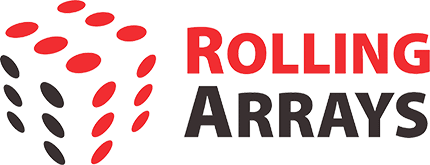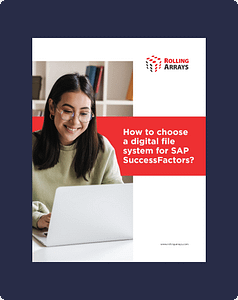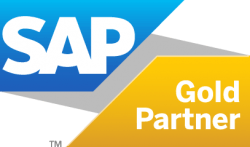
Table of Contents
Resources > Blog > From Chaos to Control: a Guide to Organizing Employee Documents
From Chaos to Control: A Guide to Organizing Employee Documents with ePFile

The situation is further complicated because many organisations have document management systems for multiple departments, such as HR, finance, and procurement. Still, these systems are not designed explicitly for HR-related documents. As a result, only a small percentage of employee documents are stored within these systems. When the need arises to generate documents for audits or compile specific types of documents, such as expense receipts, for all employees, the process becomes a significant project due to the extensive manual work required. Despite these efforts, the completeness of the documents cannot be guaranteed. To effectively manage and organise employee documents, it is necessary to have a comprehensive and integrated document management system designed explicitly for HR-related documents. This will streamline the process and ensure the completeness of employee documents.
What are personnel files?
Personnel files store all pertinent information about an employee, such as their name, contact information, job title, and performance reviews.
They would include documents such as:
- Offer Letters
- Salary Revision Letters
- eSOP (Electronic Stock Option Plan),
- Training Certificates,
- Payslips
Beyond just referring to situations when employment changes, the same file can also be helpful in case of a lawsuit or disciplinary matter. It is also essential to make sure the file is updated regularly so that you have the most up-to-date information about your employees.
Why organising HR documents is a common problem.
The accumulation of physical employee files, both current and former, continues to be a persistent issue. The physical files are piling despite implementing a digital scanning and repository system. In addition, a significant proportion of employee documents, such as offer letters, medical certificates, and employment letters, are generated through HRIS systems. The situation is further complicated because many organisations have document management systems for multiple departments, such as HR, finance, and procurement. Still, these systems are not designed explicitly for HR-related documents. As a result, only a small percentage of employee documents are stored within these systems.
When the need arises to generate documents for audits or compile specific types of documents, such as expense receipts, for all employees, the process becomes a significant project due to the extensive manual work required. Despite these efforts, the completeness of the documents cannot be guaranteed. To effectively manage and organise employee documents, it is necessary to have a comprehensive and integrated document management system designed explicitly for HR-related documents. This will streamline the process and ensure the completeness of employee documents.
Addressing HR document management challenges
To manage and organise employee documents effectively, one solution is implementing an HR-specific document management system that integrates with the existing HRIS system. This system would allow HR administrators to create additional folders within the HRIS system, specifically to store employee documents. This would ensure that all employee documents are stored in a central location and are easily accessible by HR and other authorised personnel.
Additionally, this system could include an optical character recognition (OCR) feature. OCR technology allows for converting scanned documents or images into editable text, making it possible to search for specific information within the documents. This would make searching for specific documents or information within the HRIS system much more efficient.
Moreover, an automated document retention and destruction policy can be implemented to promptly ensure that obsolete documents are removed from the system. This helps keep the system organised and reduces the risk of sensitive information being retained for longer than necessary. Beyond what is shared, there are more ingenious ways to manage the record-keeping of employee documents. One way is to consider ePFile, the centralised document management App by Rolling Arrays built explicitly for SAP SuccessFactors.
The key benefit of using ePFile as an HR document management system is its ability to seamlessly integrate with SAP SuccessFactors system and create additional HR-related folders through the ePFile interface. This ensures that all employee files are well-organized and easily accessible from a single interface by employees, managers and HR Administrators. In addition to the above, other two standout features of ePFile are that it leverages the permission structure of SAP SuccessFactors, which ensures better security for all documents and its use of optical character recognition (OCR) technology, which allows for an efficient search of document content. Furthermore, the AI algorithm of the system makes searching faster and more accurate.







